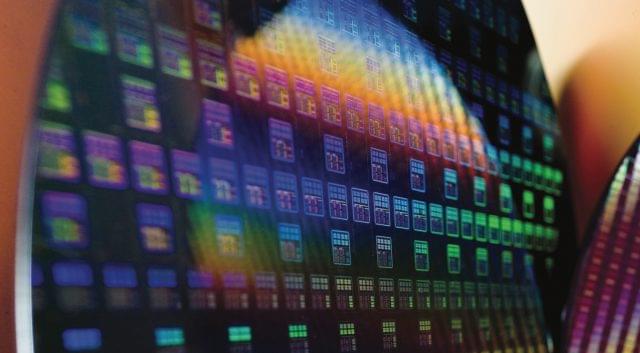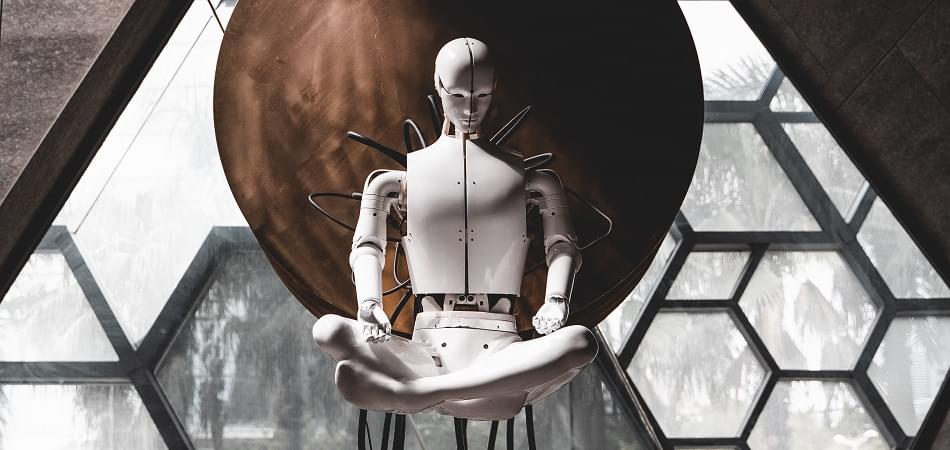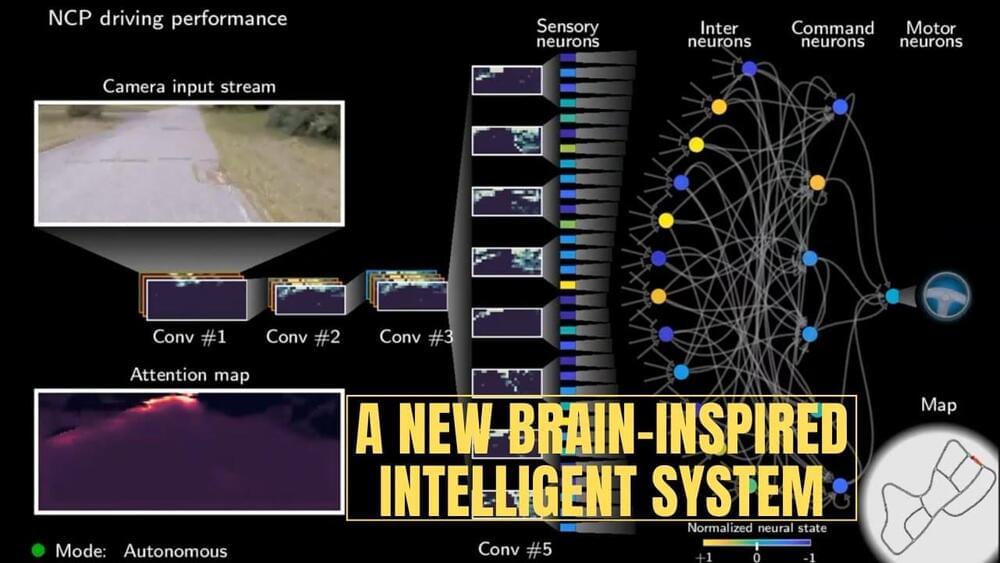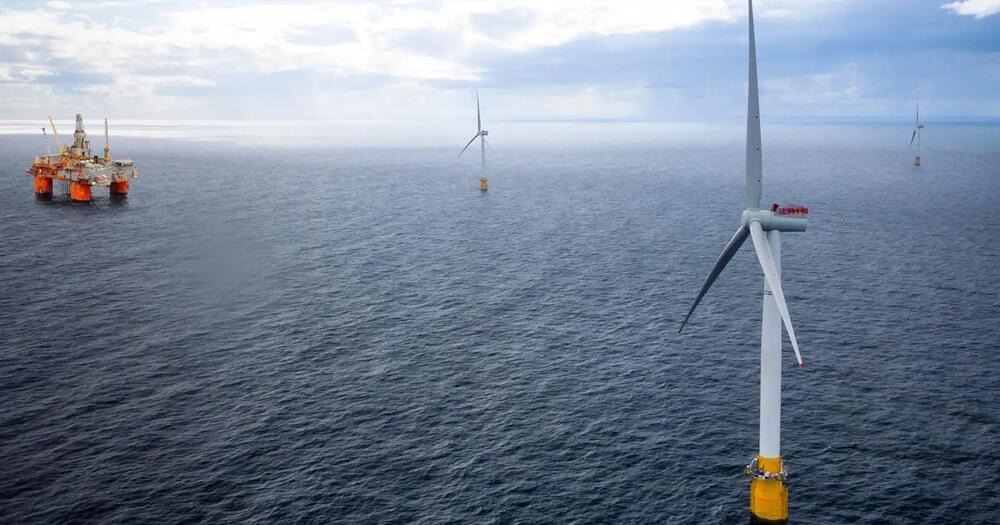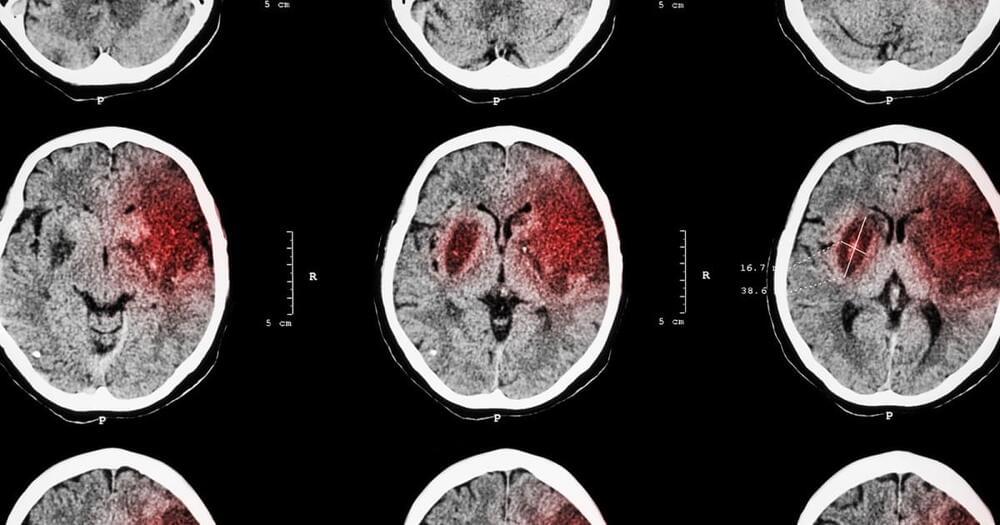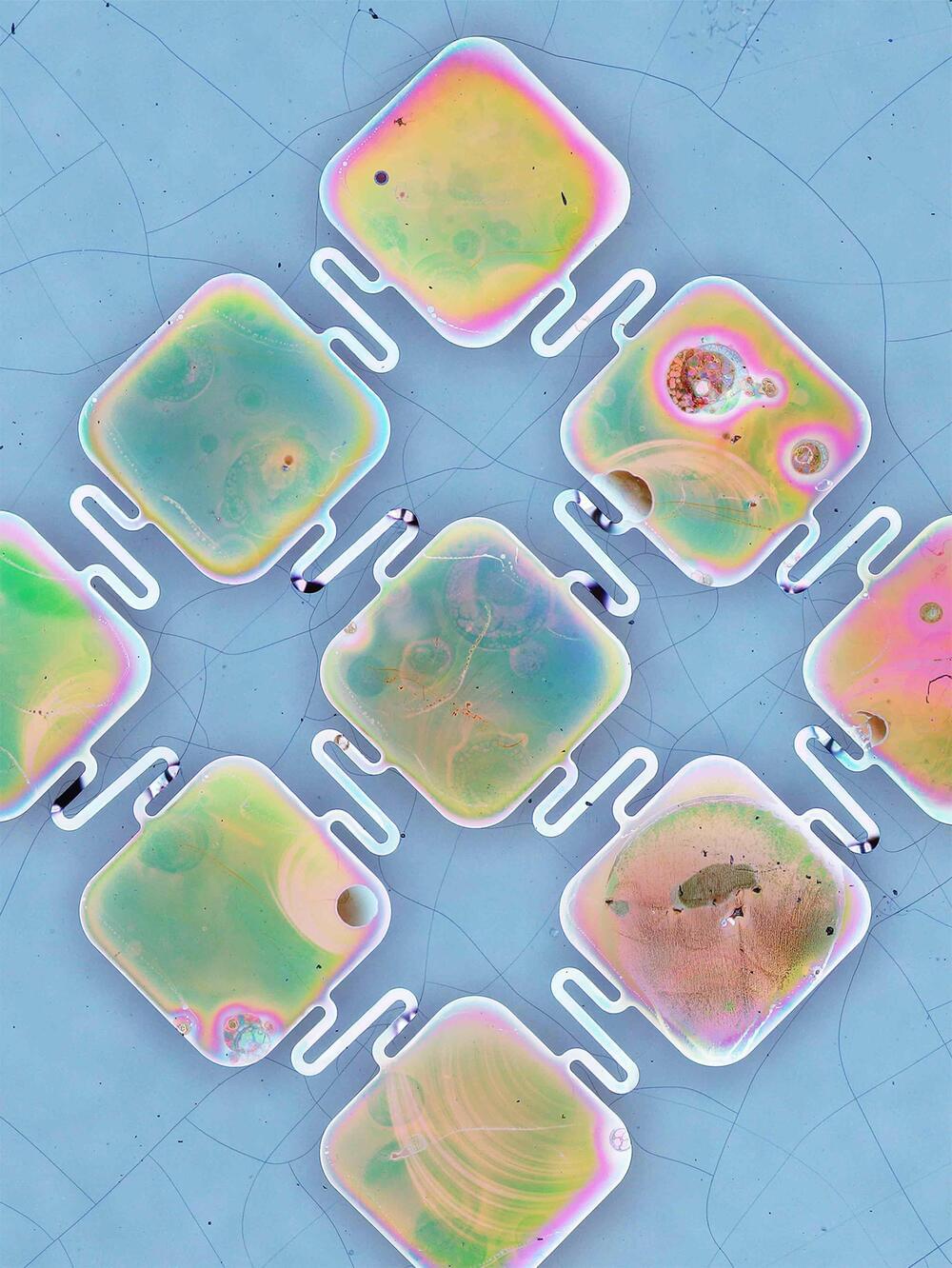
Holes help make sponges and English muffins useful (and, in the case of the latter, delicious). Without holes, they wouldn’t be flexible enough to bend into small crevices, or to sop up the perfect amount of jam and butter.
In a new study, University of Chicago scientists find that holes can also improve technology, including medical devices. Published in Nature Materials, the paper describes an entirely new way to make a solar cell: by etching holes in the top layer to make it porous. The innovation could form the basis for a less-invasive pacemaker, or similar medical devices. It could be paired with a small light source to reduce the size of the bulky batteries that are currently implanted along with today’s pacemakers.
“We hope this opens many possibilities for further improvements in this field,” said Aleksander Prominski, the first author on the paper.
